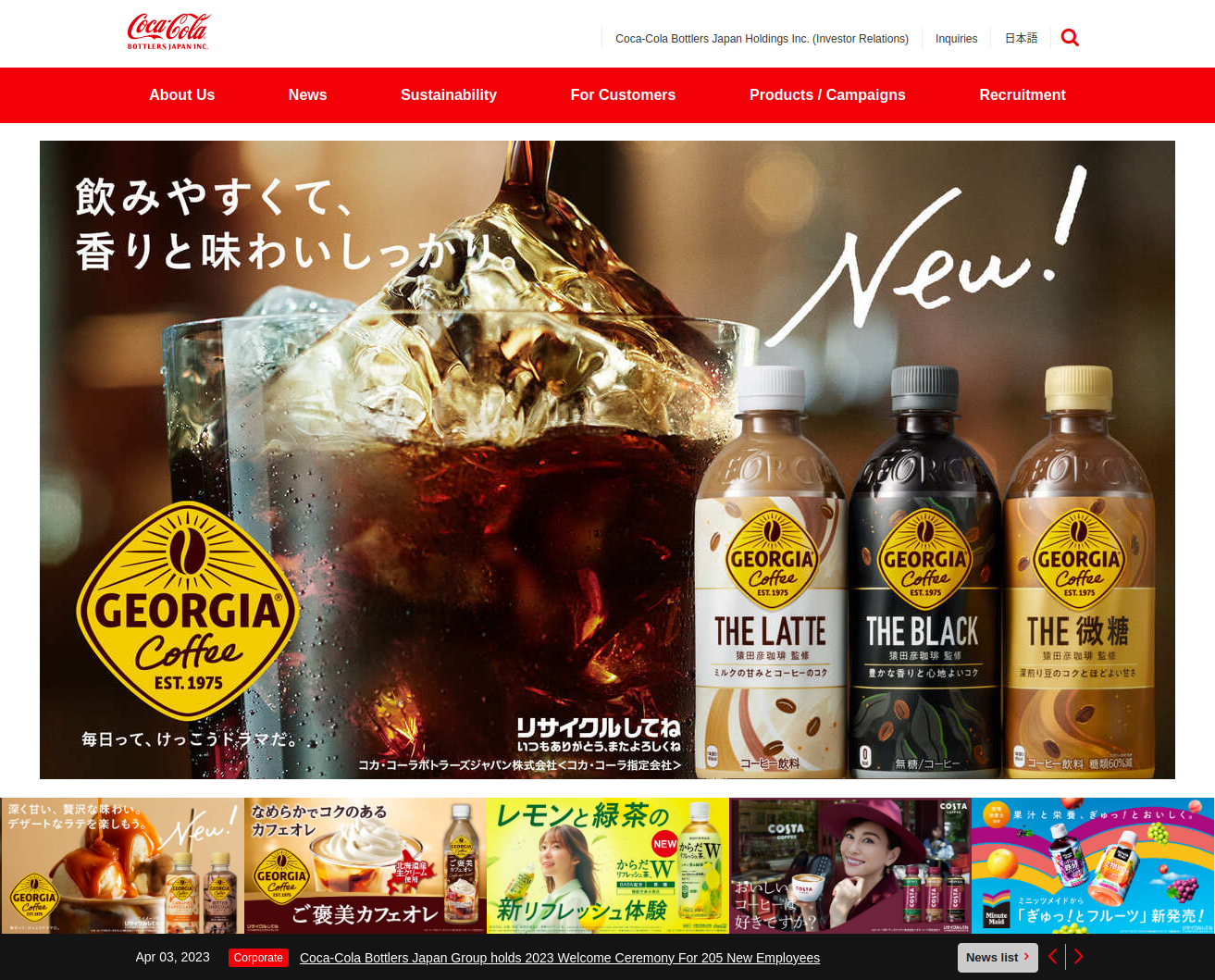E-commerce has revolutionized the way businesses operate and has made it easier for them to enter new markets and become global brands. However, entering a new market comes with its own set of challenges. Just like when you move to a new town and have to establish yourself in a new community, brands entering new markets have to navigate unfamiliar territory and prove themselves to a new audience. This is where a good international marketing strategy comes in.
Creating a successful marketing strategy when entering a new market requires a deep understanding of the local culture, preferences, and behaviors of the target audience. In this post, we’ll try to figure out what are the main components of an international marketing strategy and what steps you should take to achieve success in the international arena.
International Marketing and Domestic Marketing
The biggest mistake of businesses that only start selling internationally is using domestic marketing strategy for foreign markets. Merchants should differentiate these two terms, because the two types of marketing involve different challenges, opportunities, and consumer behavior patterns.
Domestic marketing refers to the marketing of products or services within a company's home country, whereas international marketing involves the marketing of products or services in foreign countries or across borders.
Domestic marketing strategy focuses on the unique needs, preferences, and behaviors of the company's target market within its home country. In contrast, international marketing strategy must take into account the cultural, political, economic, and legal differences of each foreign market. This requires a deep understanding of the target market's cultural norms, consumer behavior patterns, and language.
Additionally, international marketing strategy often involves adapting the marketing mix, including product, price, promotion, and distribution, to suit the needs of the local market. For example, a product that is popular in the domestic market may not be well received in a foreign market due to differences in taste or cultural norms.
That’s why every time when you enter a new market, you should create a properly adjusted marketing plan for it.
International Marketing Strategy
Businesses that invest in international marketing can get a lot of benefits:
- Increased sales;
- Greater brand recognition;
- Improved profitability.
A well-designed international marketing strategy can also help businesses identify new market opportunities, develop a better understanding of consumer behavior and preferences in different cultures, and tailor their marketing efforts to the needs and preferences of local markets. This can result in a more effective marketing approach and a higher return on investment.
Furthermore, having an international marketing strategy can help businesses mitigate risks associated with entering new markets by developing a deeper understanding of the regulatory environment and local business practices. It can also help companies establish strong relationships with local partners, suppliers, and customers, which can be key to success in international markets.
So, if you want to create an international marketing strategy, you can follow these steps to make it effective for your business.
1. Research the market
Before entering a new market, it is essential to conduct thorough market research. This research should aim to gather information about the target market, including:
- market size;
- growth potential;
- consumer behavior, preferences, and purchasing habits;
- the regulatory and legal environment;
- competitive landscape;
- cultural norms of the target audience.
There are several ways to conduct market research, including primary research and secondary research. Primary research involves gathering data directly from the target market through methods such as surveys, focus groups, and interviews. Secondary research involves collecting information from existing sources such as government statistics, industry reports, and academic research.
Once the market research is complete, it is important to focus on the key findings and insights that can inform the development of an effective marketing strategy. Key areas of focus should include the size and growth potential of the target market, the needs and preferences of the target audience, and the competitive landscape. Additionally, it is important to identify any cultural or regulatory factors that may impact the marketing approach and to develop a clear understanding of the costs and risks associated with entering the target market.
2. Create a digital marketing plan
To create an effective digital marketing plan, it is crucial to understand the target market and their behavior patterns. This includes using channels that are popular among the target audience and offering products or services that meet their needs and preferences. For instance, while Facebook is a popular platform in India and the US, it may not be as effective in China where it is banned. In such cases, businesses may need to explore alternative social media channels such as WeChat or Weibo to reach the local audience.
Additionally, campaigns should be tailored to the tastes and preferences of the target audience, taking into account cultural differences and local nuances. Website design should also reflect cultural peculiarities and preferences to create a seamless and relatable experience for the target audience. This may include adjusting the language, visuals, and tone to suit the local market and create a strong brand image.
For example, here’s how Coca-Cola website looks like in Japan.

To compare, for the US audience, Coca-Cola offers a different design.

As you can see, the website versions are completely different: visuals depict different celebrities and products, the language of the website is localized, even the navigation menu differs for these two countries. So one of the reasons why Coca-Cola is so popular in these countries is that its marketing is localized to each international market.
3. Translate marketing campaigns
After creating a digital marketing plan, the next step is marketing translation. This involves translating various marketing materials, such as website content, social media posts, presentations, posters, brochures, and more, into the language(s) of the target market.
To ensure that all website elements are translated, it’s important to choose the right language translator solution. LangShop is one of the best multi language apps for Shopify and Magento 2. It allows businesses to easily translate their entire website, including product descriptions, navigation menu, landing pages, and other content. For Shopify users, LangShop also provides features such as automatic currency conversion, SEO optimization, auto redirects, and more, making it a comprehensive solution for businesses looking to expand their reach to international markets.
When translating marketing content for a new market, it is crucial to maintain your brand voice and messaging style. This helps to ensure consistency and preserve your brand identity across different markets. However, to achieve better localization, it is also important to take into account the target market's cultural and linguistic nuances.
One way to achieve this is to use keywords that are commonly used in the target country. These may be different from the keywords used in your local market, and using them can help to improve your search engine rankings and increase visibility.
As mentioned above, it is important to use graphics and colors that resonate with the new audience. This can involve adapting your visual identity to reflect local aesthetics and preferences. For example, certain colors may have different meanings in different cultures, so it is important to be aware of these nuances and adjust your design accordingly.
Another important consideration is adjusting your slogan or tagline to suit the new market. This can involve adapting your messaging to better resonate with local consumers and effectively communicate your brand message.
To show you why smart localization is significant, let’s look at one of the most popular localization fails. The baby food brand Gerber entered the French market without properly localizing their branding. The brand name "Gerber" closely resembles a French slang word for "to vomit," which was not recognized by the company. This oversight resulted in a negative perception of the brand in both France and French-speaking countries, ultimately leading to its failure in these markets.

4. Build a local presence
Another crucial element in creating a successful international marketing strategy is building a local presence in the target market. This involves letting potential buyers know that you are available in their country and establishing a strong brand presence.
One effective way to build a local presence is by attending industry events and trade shows in the target market. This provides an opportunity to meet potential customers face-to-face, network with local businesses and industry leaders, and showcase your products and services to a targeted audience.
Another approach is to sponsor local events and initiatives that align with your brand values and resonate with the local audience. This can help to build brand awareness and establish your company as a trusted and reliable presence in the market.
Working with a channel partner, agency, or local seller who has existing relationships and expertise in the target market is also a valuable strategy. They can help you navigate the local business landscape, provide insights into consumer behavior and preferences, and help you develop marketing campaigns that are tailored to the local audience.

5. Review the results and adjust your strategy
It's important to remember that a successful international marketing strategy is not a one-time task, but an ongoing process. Businesses should continuously review and analyze their marketing efforts to ensure they are achieving the desired results and making the necessary adjustments to improve their strategy.
Regularly reviewing and analyzing the results of your marketing campaigns can help you identify what is working well and what needs to be improved. By monitoring your key performance indicators (KPIs), such as website traffic, lead generation, and sales conversion rates, you can determine which marketing channels and tactics are driving the best results and allocate your resources accordingly.
Based on these insights, you can adjust your marketing strategy to optimize performance and ensure that you are effectively reaching your target audience. This may involve experimenting with new marketing channels, adjusting your messaging and positioning, or refining your targeting and segmentation strategies.
3 examples of successful international marketing strategy
1. Nike
Nike is a prime example of a company that has successfully implemented a strong international marketing strategy. With products available in over 170 countries, Nike has developed a global team of language specialists to manage their brand in different markets. The official website is translated into more than 30 world languages. This has allowed the brand to effectively communicate with audiences in different countries and overcome language and cultural barriers.
Nike's adaptability to different cultures is also reflected in their products. The brand has shown a commitment to inclusivity by creating products like the Nike Pro Hijab for Muslim sportswomen, which received widespread acclaim for its innovation.
By prioritizing cultural sensitivity and inclusivity, Nike has been able to build a strong global brand that resonates with consumers across different markets. This demonstrates the importance of developing a well-executed international marketing strategy that takes into account the unique needs and preferences of different cultures and audiences.

2. Lay’s
Lay's, a top-selling product under PepsiCo, has successfully adapted its products to local consumers' tastes in international markets. In some countries, Lay's is sold under different names, such as Frenchitas in Argentina, Sabritas in Mexico, Margarita in Colombia, Tapuchips in Israel, Smith's in Australia, and Walkers in Ireland and the UK. The company has a strong international presence, thanks to the vast distribution network of PepsiCo, which operates in more than 100 countries across the globe.
Lay's has developed unique flavors for different countries, such as Magic Masala for India, Spanish Tomato Tango for Spain, and Japanese Nori Seaweed for the Japanese market. The company's website is available in over 40 languages, and it also uses popular social media channels for each country in the language the market audience speaks.
With its effective localization strategy, Lay's has gained a competitive edge in the global market.

3. Red Bull
Red Bull is an excellent example of successful localization in international marketing. Being a global brand, it has 92 different language versions of its website, allowing it to cater to its international audience. Similar to Lay’s, Red Bull creates region-specific social media pages, sharing content that resonates with their local audience.
What makes Red Bull international marketing so distinguished is the brand’s willingness to experiment with new ideas and collaborations. Red Bull has been able to make people believe that it is a local brand by hosting events in different parts of the world, such as the air race in the UK, Grand Prix in Indianapolis, and rally events in various locations. In addition to hosting events, Red Bull also collaborates with local influencers and athletes to create content that resonates with the local audience. For example, they sponsor extreme sports athletes in various countries and share their adventures on social media platforms. This helps Red Bull to build a strong emotional connection with the local audience, which is crucial for brand loyalty.










